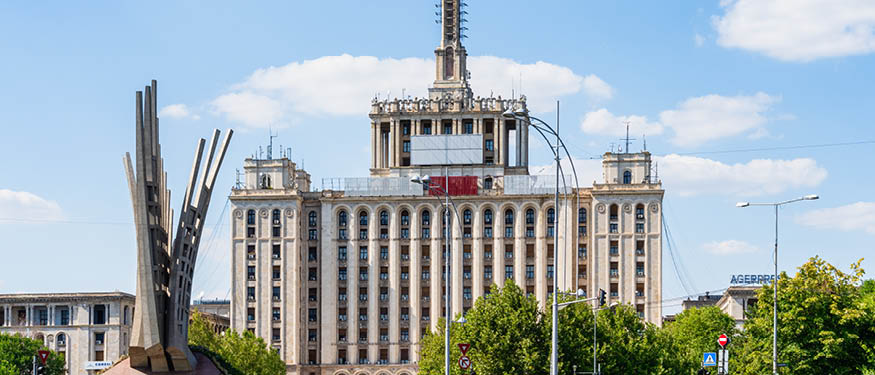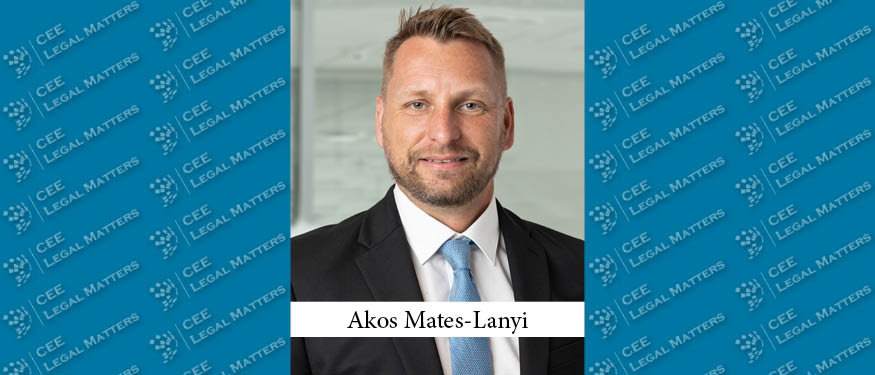The past decade was rather dynamic in terms of the development of the legal framework for bankruptcy in Serbia, as, since its adoption in 2009, the Bankruptcy Law has undergone several amendments, most recently in late 2017, designed to improve the efficiency of the bankruptcy proceedings.
One might say that even before the adoption of the latest amendments we “were doing just fine” in terms of bankruptcy regulations, especially as the Doing Business List of the World Bank ranked the Serbian legal framework better than frameworks of some other countries of Europe and Central Asia, including several OECD countries. According to the Doing Business list, Serbia holds the 48th place in the world in terms of resolving insolvency. When it comes to the duration of bankruptcy proceedings, Serbia’s two-year long period is ranked at the level of the OECD countries.
But the question is: Is “just fine” enough? The answer is quite simple: “No.” As certain legal solutions turned to be insufficient, amendments were inevitable.
In Serbia, bankruptcy proceedings may be initiated and directed in one of two possible directions: either towards bankruptcy or towards reorganization. Bankruptcy is carried out either by means of the sale of the company’s assets or through the sale of the debtor as a legal entity. Reorganization, as an alternative to bankruptcy, may be performed in two ways: either on the basis of a pre-packaged reorganization plan or on the basis of a reorganization plan adopted in an already initiated bankruptcy proceeding.
Although the primary aim of the Serbian Bankruptcy Law is ensuring the most favorable collective settlement of bankruptcy creditors by achieving the highest possible value of the bankruptcy debtor or its assets, it also opens the door to a new financial start of the bankruptcy debtor by the sale of the debtor as a legal entity or through the reorganization process. Therefore, the Serbian pro-creditor -oriented Bankruptcy Law also provides an opportunity for the bankruptcy debtor to get back on his/her feet and continue the race for profit.
A common issue that has arisen during the application of the Bankruptcy Law relates to the position of secured creditors, which is improved by the most recent amendments. Before, secured creditors had no significant influence on bankruptcy proceeding, which, in practice, often led to delays in settlement of their claims. Among the improvements of the latest amendments are provisions that creditors’ boards must have one secured creditor as a member, grant a pre-emptive right of secured creditors in any direct sale of assets which serve as collaterals of their claims, and grant the opportunity for secured creditors who intend to buy assets servin as collaterals of their claims to set-off their claims with the price obtained at public sale. Furthermore, leasing the encumbered assets of the bankruptcy debtor now requires the consent of the secured creditors whose claims the assets secure.
As secured creditors are mainly commercial banks, better protection of their interests could create a better environment for financing and lead to the improvement of the situation on the NPL market.
The amendments to the Bankruptcy Law improve the efficiency of bankruptcy proceedings in many other ways as well, such as providing the creditors’ board with permission to dismiss the bankruptcy administrator and elect a new one at any point in a bankruptcy proceeding, without needing to provide any reasoning.
The main objectives sought by the law, as amended, include reaching a larger creditors’ settlement and reducing the costs and duration of the proceedings. It remains to be seen, however, whether these amendments will justify the expectations of the legislator and lead to faster and more efficient bankruptcy proceedings in practice, contributing thereby to the business environment in Serbia in general.
By Mladan Marjanovic, and Marina Lazovic, Partners, Marjanovic Law
This Article was originally published in Issue 5.2 of the CEE Legal Matters Magazine. If you would like to receive a hard copy of the magazine, you can subscribe here.






















